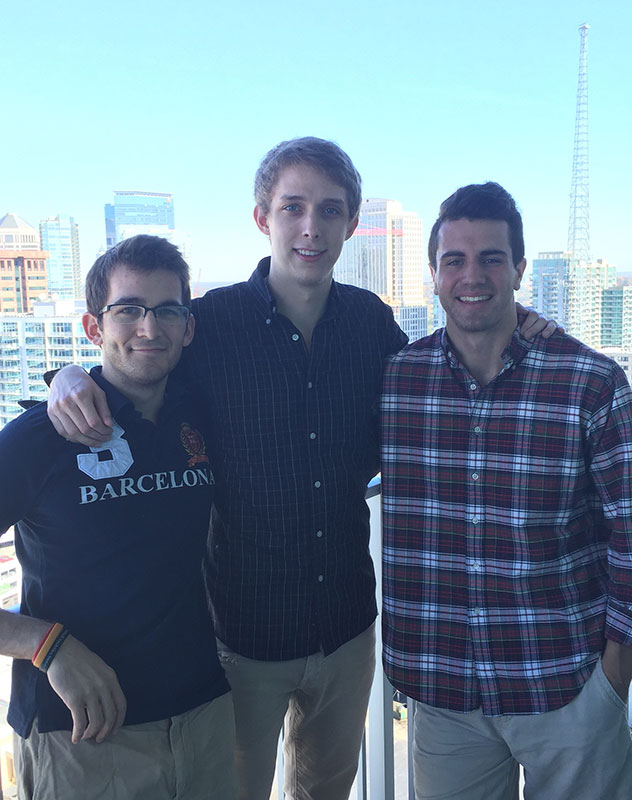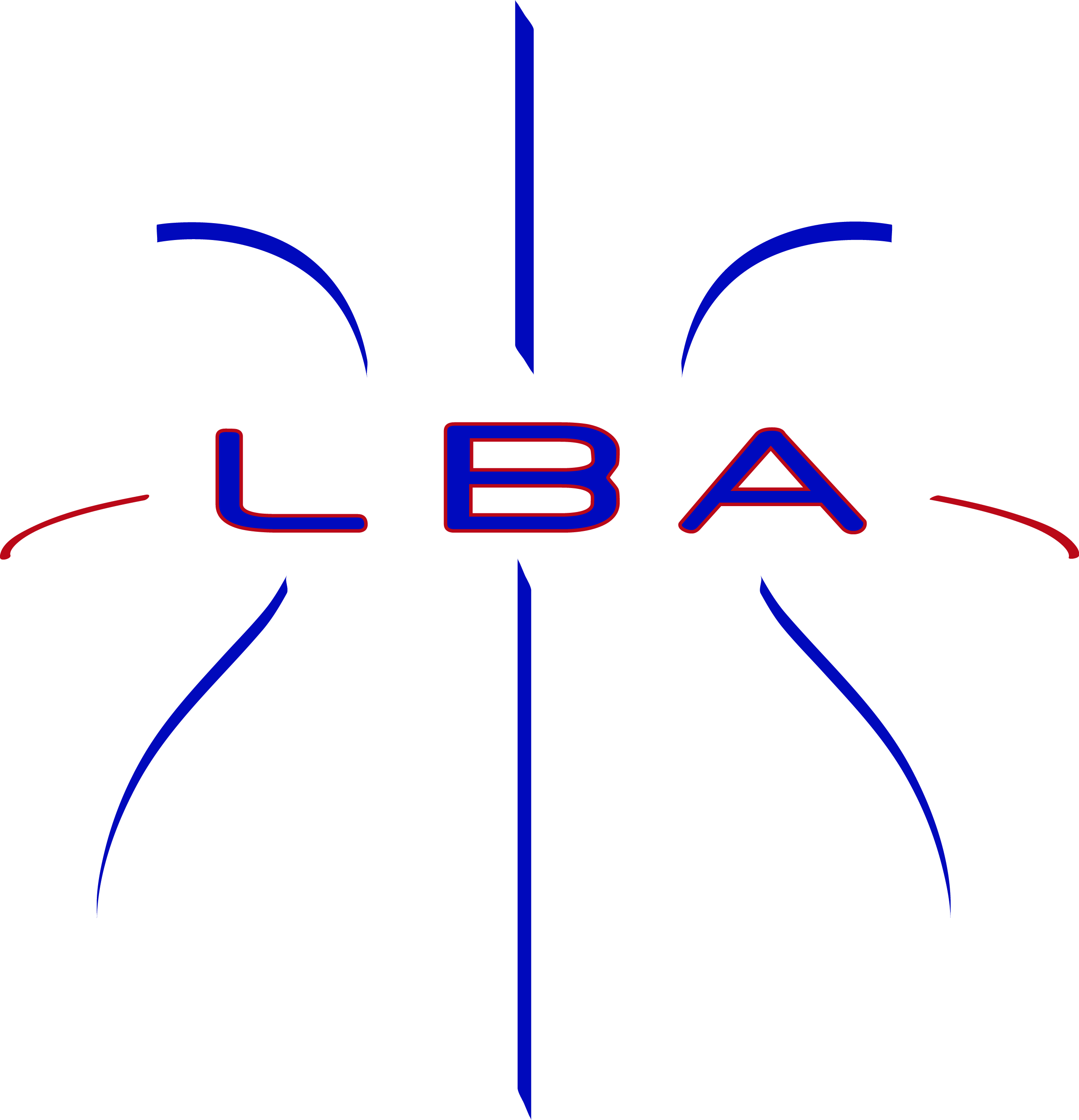Chris Mast is a senior who will graduate this December from Georgia Tech’s Stewart School of Industrial & Systems Engineering (ISyE) with a focus on economic and financial systems. During his time in school, he has started a basketball analytics company, Lean Basketball Analytics, LLC (LBA) and after graduation plans to devote his attention full-time to furthering the reach of his company. In this interview, Mast talks about balancing school and entrepreneurship, his inspiration for LBA, and the company’s current and future prospects.
Why did you choose IE as your major and Georgia Tech as the place to pursue it?
When I was 16 and a junior in high school, my mom took me to the annual Sports Analytics Conference held at MIT. At the conference, I heard Daryl Morey, general manager of the NBA’s Houston Rockets, speak. During his sessions, he spoke about applying advanced mathematics to the sport of basketball to make better decisions about team lineups, player acquisitions, and much, much more. It blew my mind that people were applying my favorite subject, math, to my favorite hobby, basketball. From that moment on, I have wanted to become a general manager of a NBA team, and so I've modeled my academic career after him. Morey studied statistics at Northwestern; I went to Georgia Tech for its No.1-ranked industrial engineering program.
Which came first – your desire to be an entrepreneur or your idea for Lean Basketball Analytics (LBA)?
The idea came first. My idea was generated because I believed that basketball coaches were not playing their players optimally. So, I created a method that helps coaches make better in-game decisions. After successfully testing the program with Georgia Tech, I decided to pursue creating a company. The IE program teaches optimization; I transferred that to my favorite sport.
What inspired you to pursue developing LBA into a company, particularly while you’re in school?
The success of my method at Georgia Tech. Trent Angelluci, the video-coordinator for Georgia Tech at the time, was my contact during the 2013-2014 season. He thought my idea was fantastic, and that it really had the ability to help teams and coaches. His endorsement to my idea ignited my pursuit.
Take us through the timeline and process of turning LBA from an idea into a company.
I had the idea in October 2013. Coincidentally, [Georgia Tech basketball] Coach Brian Gregory came and talked to my fraternity the same day I had this idea – talk about fate! So, I pitched my idea to Gregory, and he thought it could be useful.
From there, I created the [data] insight for Georgia Tech by myself on Excel during the 2013-2014 season. I gave Angelluci my first batch of data on the day of the home game against UNC in January 2014. On the phone, I walked him through the spreadsheet and how to obtain the insight. At the end [of the conversation,] he asked if I had any recommendations.
I told Angelluci, “You're not going to believe this, but [then-redshirt sophomore] Corey Heyward is in seven of your top 10 scoring and four of your top five rebounding lineups. Heyward doesn't have any personal flashy stats, but when he's on the court, your team succeeds."
Angelluci remarked, “That's what I've been saying!” That was a great endorsement to the methodology.
I talked with two of my fraternity brothers, Matt Creatore and Mason Dimarco, about forming a company. Creatore is an ISyE major here at Tech graduating in spring 2017, and Dimarco is a senior computer science major who transferred to Brown during his sophomore year. We formed an LLC in late 2014, and then beta-tested our software we created during the 2014-2015 season with teams such as UNC, Notre Dame, Stanford, Texas, Georgetown, and more. Their testimonies backed up our ambitions.
Take us through a typical day for you. How do you balance running/promoting LBA with your school responsibilities?
It's hard. But LBA is a huge passion of mine, so I don't view it as work. It's fun. Overall, I have to map out my days to ensure I have enough time to tackle my responsibilities for both LBA and school. Sometimes the times can conflict, and in those situations, I have to do what's best for my future.
What does the future hold for LBA, both in the immediate and the long-term?
We are innovating our ClinchTM software each and every day. We are making our software something that teams ranging from high school to college to even the professional leagues won't want to miss out on. This 2015-2016 season, we have about 25 Division 1 teams on board. If all goes well, other teams will follow suit. But I don't believe we will ever stop innovating our software. Currently, this is my career. I graduate in December 2015 and am not seeking a full-time job opportunity. If I'm going to fail, it's because I tried and nothing else.
How do you see IE and entrepreneurship fitting together? For example, what does IE enable you to do that you might not be able to do with another major?
IE teaches you how to think with an efficiency-oriented outlook. IE has taught me to accomplish tasks as quickly and as best as possible. Bottom line: The IE major at this school teaches one how to think. My analytical- and efficiency-driven perspective has blossomed at this school, and that's what allows me to run this company and handle my other responsibilities as well.

